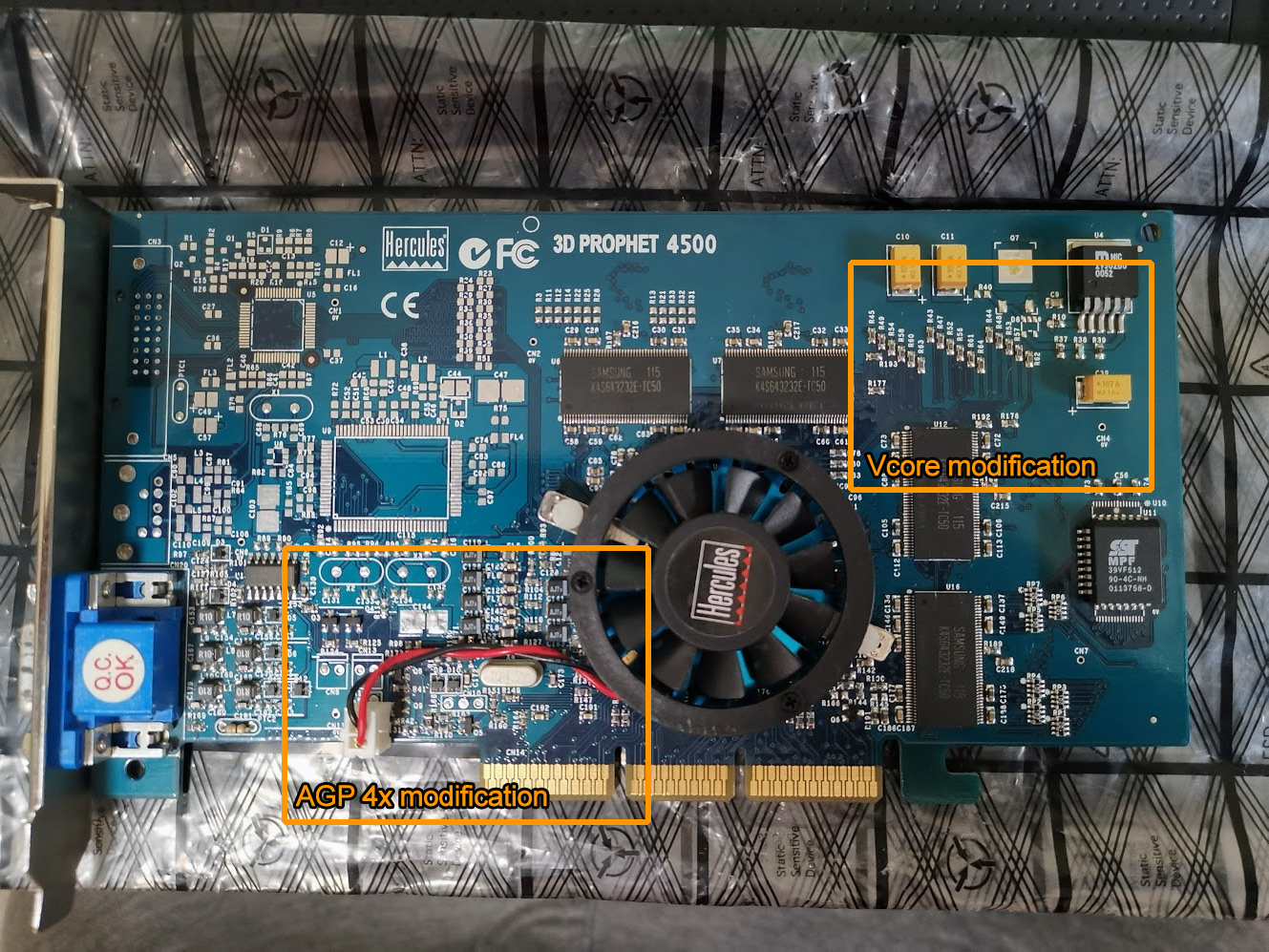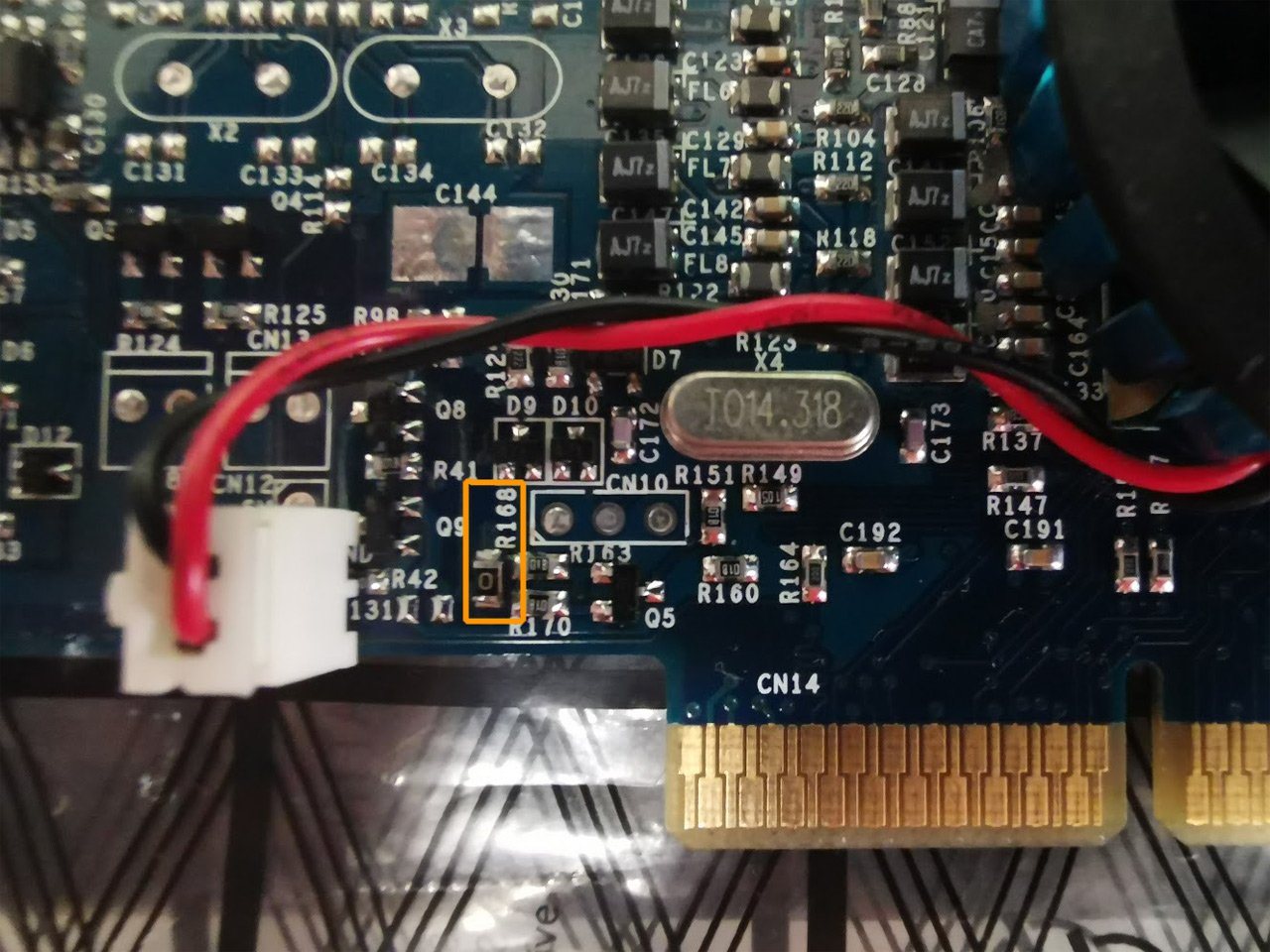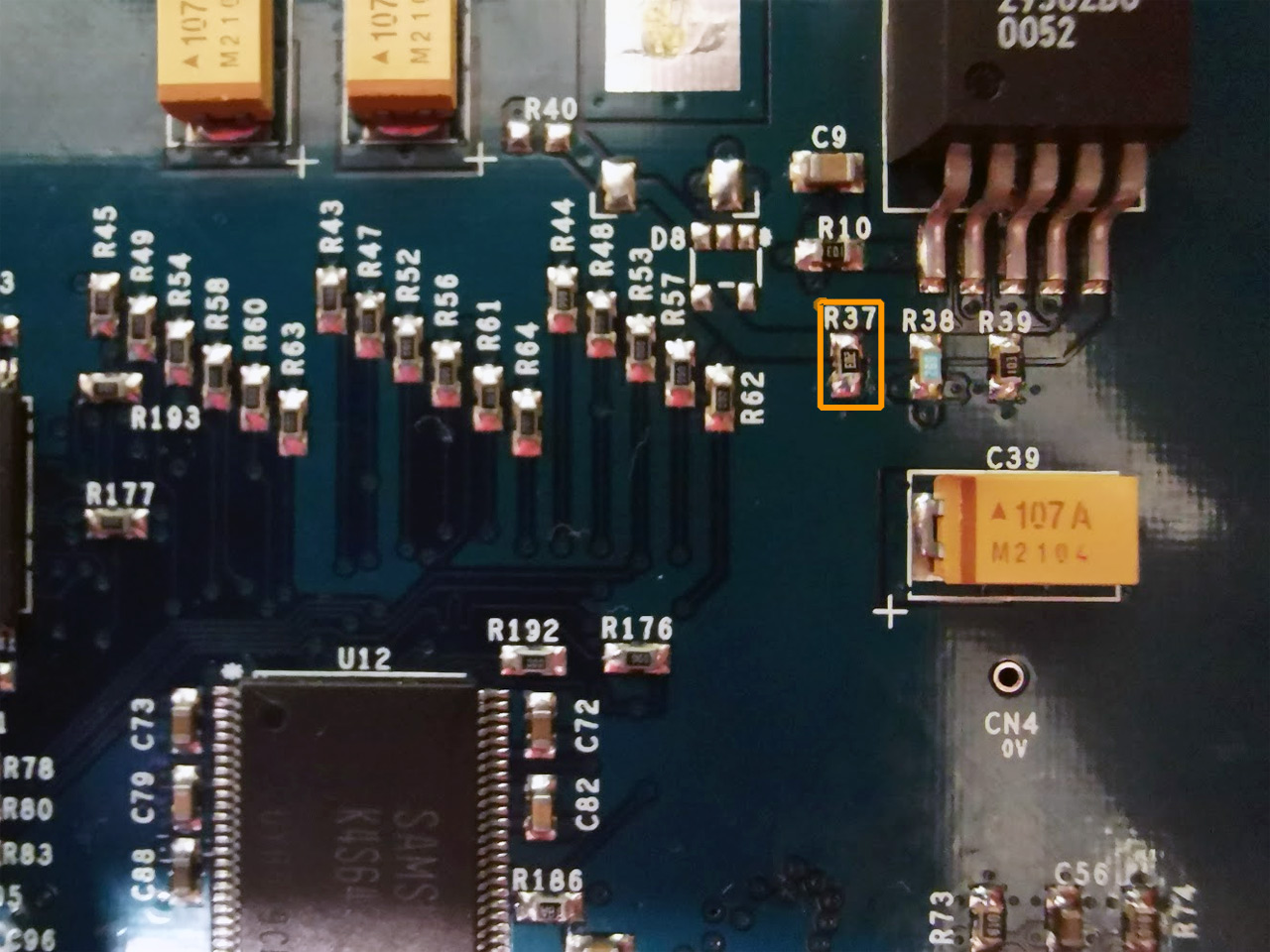First post, by paradigital
- Rank
- Oldbie
Hello!
I've got a Pentium 4 (Northwood) Shuttle SB51G here that is based on the Intel 845GE and ICH4 chipset, it's running a Pentium 4 2.8GHz (133fsb/533bus) , 2x512MB of DDR 333, and a 40GB IDE (ATA100) Maxtor drive with Windows XP SP3 on it (no unofficial patches). I was attempting to use this system as a benchmarking platform for a few GPUs I have here (only for curiosities sake), planning to compare the GeForce 2 Ti, GeForce 2 Pro, GeForce 2 MX400, GeForce 4 MX460, Radeon 9200, and the PowerVR Kyro II (Hercules Prophet 4500).
After finishing the nVidia cards (unfortunately), I then plopped the Kyro II in, only to be greeted by a machine that wouldn't even power on, let alone POST or boot. I found that if I powered on the board whilst simultaneously pushing the card home into the AGP slot then the machine would POST/boot after a reset (using the reset switch) and from that point would happily reboot as many times as I wanted (but wouldn't power on again if the machine powered off). This behavior for an undamaged card and board is odd, something I'd usually attribute to a dead-short, but there isn't one (or at least, not one I could find with a multimeter). There were also some odd things happening in the BIOS, strings cut short (for example the CD-ROM drive was being named "H" during detection), and the error message that usually warns me of no A: drive was appearing at the top of the display, overlapping the memory count, when it's usually at the bottom of the screen!
Regardless, the card would happily boot to Windows and install drivers, this is then where things get worse 🙁 No accelerated 3D application would run at all (or at least wouldn't run for more than 10-15 seconds in the case of whatever application I ran first, as soon as the machine was fully booted to Windows, after a single 3D application had run for 15s, nothing else would run again until a reboot). Quake II, Quake III Arena, Unreal Tournament GoTY, 3DMark2000, and 3DMark2001SE were all tried, with both Quake games eventually going to a blank grey screen, Unreal GoTY turning transparent (as in I could see mostly the Windows desktop, but not interact with it until I CTRL-ALT-DEL into task manager). Oh and for what it's worth I tried all 3 driver versions that were greater than v2.0 (didn't really want to try the older ones as they don't have EnTnL).
I did some quick Googling but turned up relatively little (or old dead links that the wayback machine didn't have cached), though I did stumble across the AGP 4x mod. Having not a lot to lose I performed the hardware mod for the AGP 4x compatibility (0 Ohm resistor on R168) and now the Shuttle would power on with the card installed, and no BIOS glitches either! Booted into Windows but the 3D errors remain.
The only other AGP machine I had to hand was my Baby-AT Super Socket 7 system (AMD K6-III 450@550, MVP3 chipset, Windows 98SE) which is very picky on AGP cards usually, but the Kyro II was fine! Into Windows and whilst the performance was poor (which I'm attributing to the lack of CPU/platform grunt), it was flawless in terms of compatibility, stability and display quality.
Sorry for the wall of text to this point, but to save me from having to run 4 card's worth of benchmarks again, I was hoping one of you lovely ladies and gents could perhaps shed some light on potential BIOS tweaks to make, or if you have come across any similar issues or compatibility problems with the Kyro II. I did have a Kyro II back in the day and don't recall having any problems with platform compatibility, but I can't for the life of me remember what platform I had the card in.
Thanks in advance 😀


